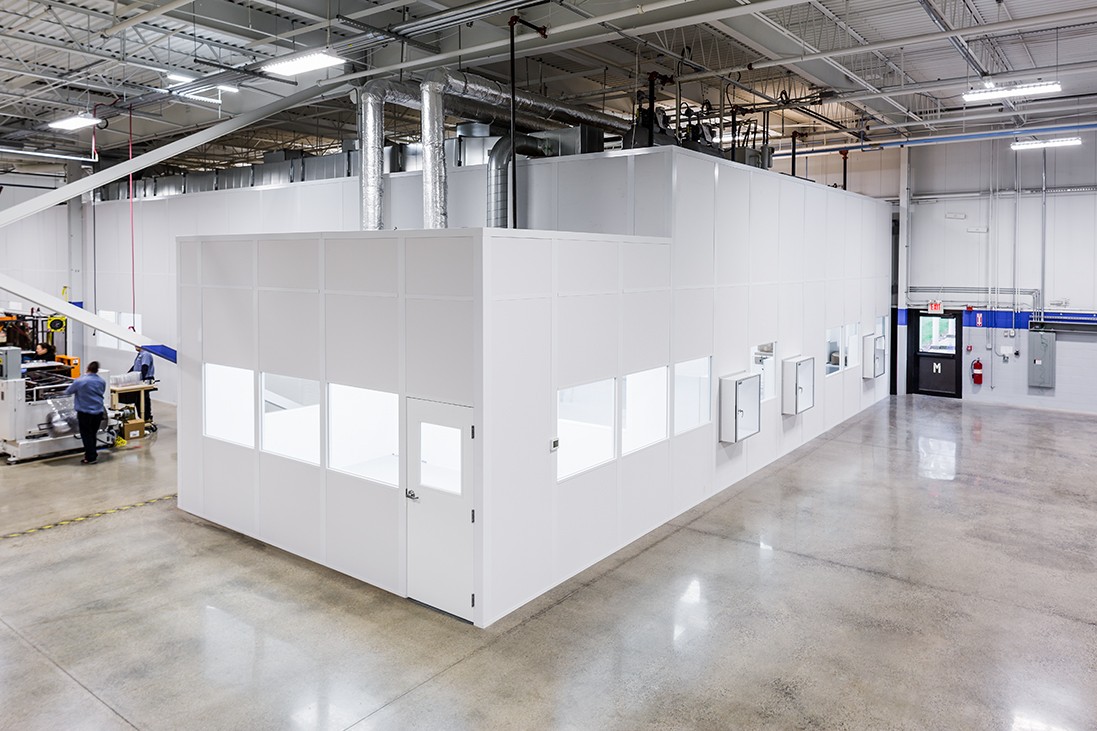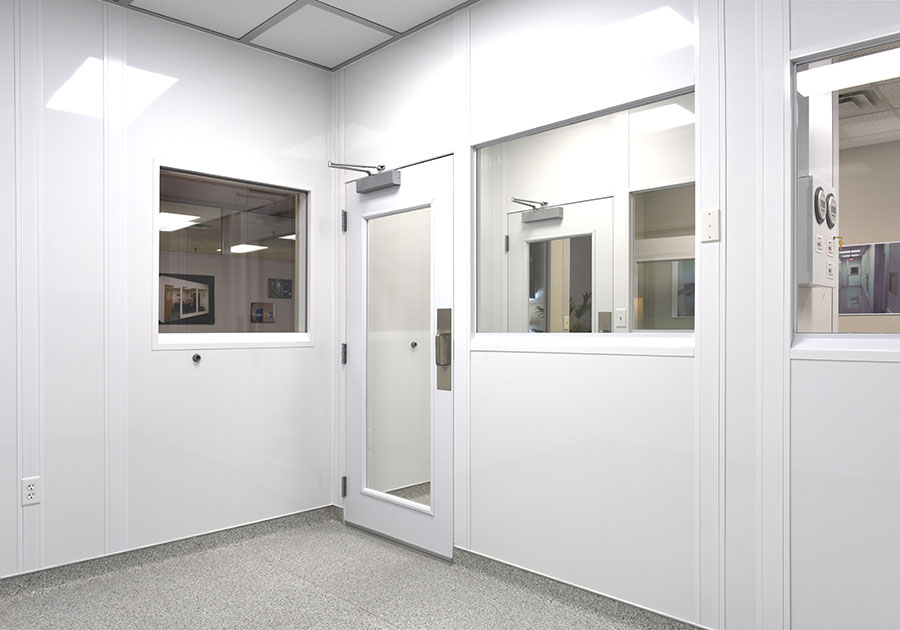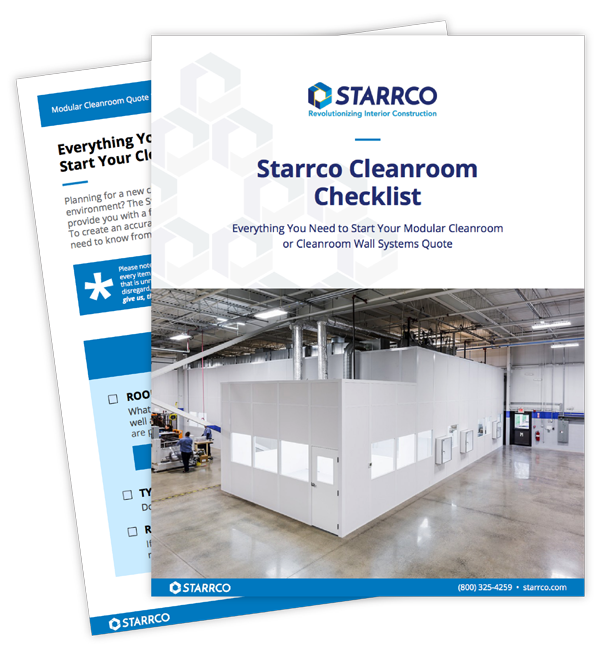A cleanroom’s classification or classification standard refers to the maximum acceptable number of particles (by size) in the air, per cubic meter. So, when choosing your cleanroom’s classification, the most important thing to consider is what size particle you need to filter out.
For example, if you’re working with microelectronics, even the smallest particle sizes can affect your products and you’ll need to meet strict cleanroom classification standards. But if you’re working with traditionally manufactured automotive parts, you probably just need to limit larger particles from affecting things like sensor performance. While you still need to adhere to some level of filtration and cleanliness, you won’t need to meet the most stringent of them.
When it comes to deciding on cleanroom classification, it’s always best to talk to the experts.






 Starrco Cleanroom Checklist
Starrco Cleanroom Checklist